CAFA Tech DRONES

The C3 is an advanced, fixed-wing drone with Vertical Take-Off and Landing (VTOL) capabilities designed specifically for efficient, flexible logistics and sensor deployment missions. The platform features a wingspan of approximately 3 meters, optimized per mission requirements, and weighs around 25 kg. It can carry payloads of up to 6 kg, subject to wing configuration, making it suitable for transporting various sensors, high value goods, and communication equipment.
Powered by a reliable lithium-ion battery system, the drone achieves an operational radius of 200 km and is capable of performing extended missions in intercity (up to 200 km) and peri urban regions, efficiently delivering payloads weighing up to 6 kg when configured specifically for logistics purposes.
Communication and Control: The CAFA C3 integrates a robust multi-channel communication system, including LEO satellite communication (Satcom), an 868 MHz radio modem for Landing/Take off control, and cellular network connectivity through integrated 4G/5G modems, ensuring reliable, real-time data exchange and remote control capabilities even in areas with varying communication infrastructures.
Flight Operations: Equipped for vertical take-off and landing, the drone is ideal for deployment in urban, peri urban, and remote locations where conventional runways are unavailable. It operates within a flexible altitude range from a minimum of 5 meters up to a maximum altitude of 6,000 meters, allowing it to navigate diverse terrains and comply with airspace restrictions.
The platform includes a powerful onboard Linux-based flight computer, ensuring autonomous operations, precise flight control, and adaptability to different missions. Ground operations are supported via the QGroundControl Station (QGCS), providing intuitive flight planning, real-time telemetry monitoring, and secure control functions.
Sensor Suite: The drone features an integrated sensor array consisting of three cameras positioned at the front, rear, and bottom, facilitating comprehensive situational awareness, navigation accuracy, and effective monitoring of payload deployment.
Use-Case Description: The CAFA Tech C3 VTOL drone serves as a versatile logistics and operational platform, effectively bridging intercity distances (up to 200 km) and enabling rapid, reliable, and flexible delivery of payloads up to 6 kg. Typical applications include express parcel deliveries, emergency medical supply transport and deployment of sensor networks or communication equipment in both peri urban and remote locations. Its modular configuration and integrated multi-network communication capabilities make it particularly valuable for real-time, mission-critical logistics operations.

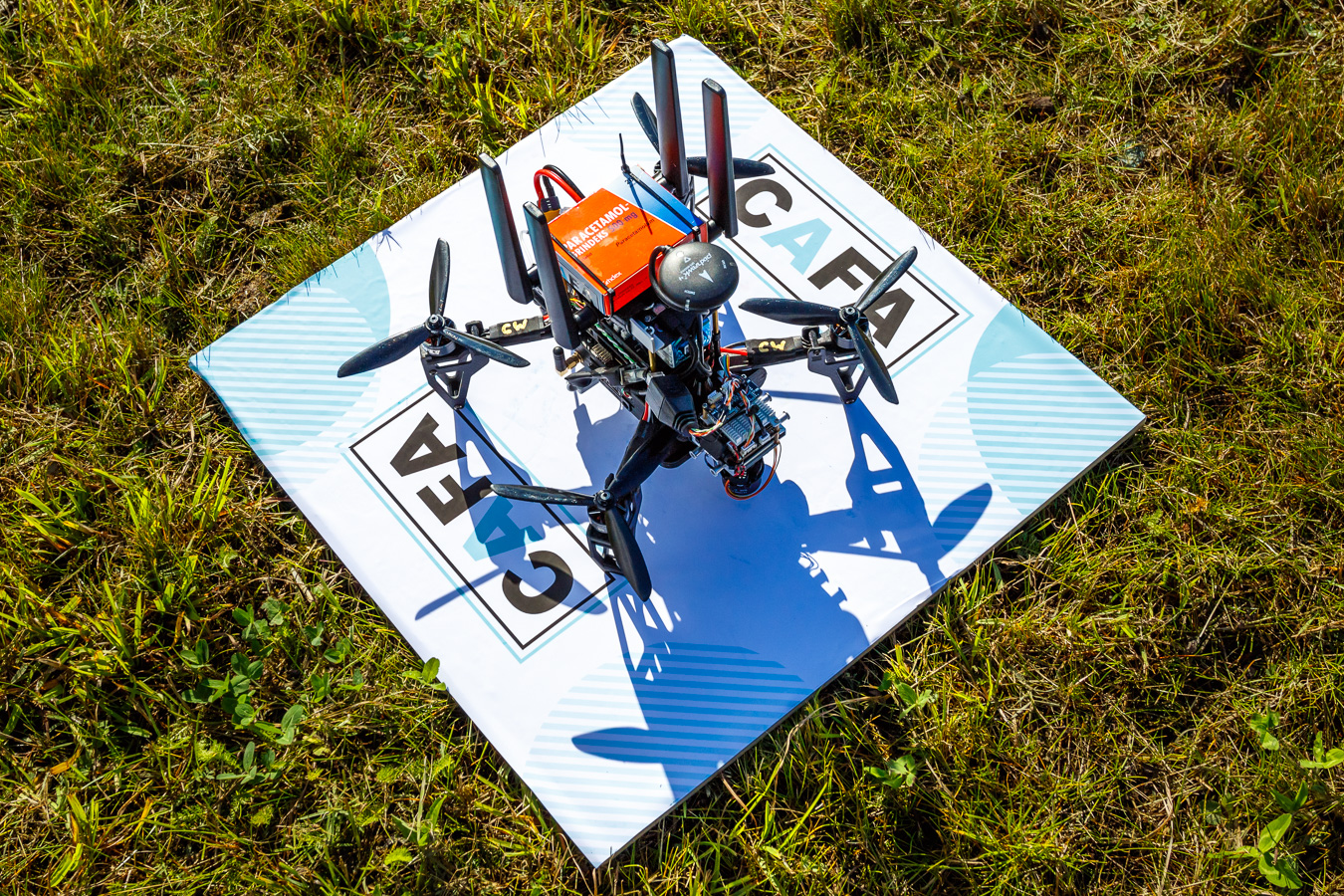
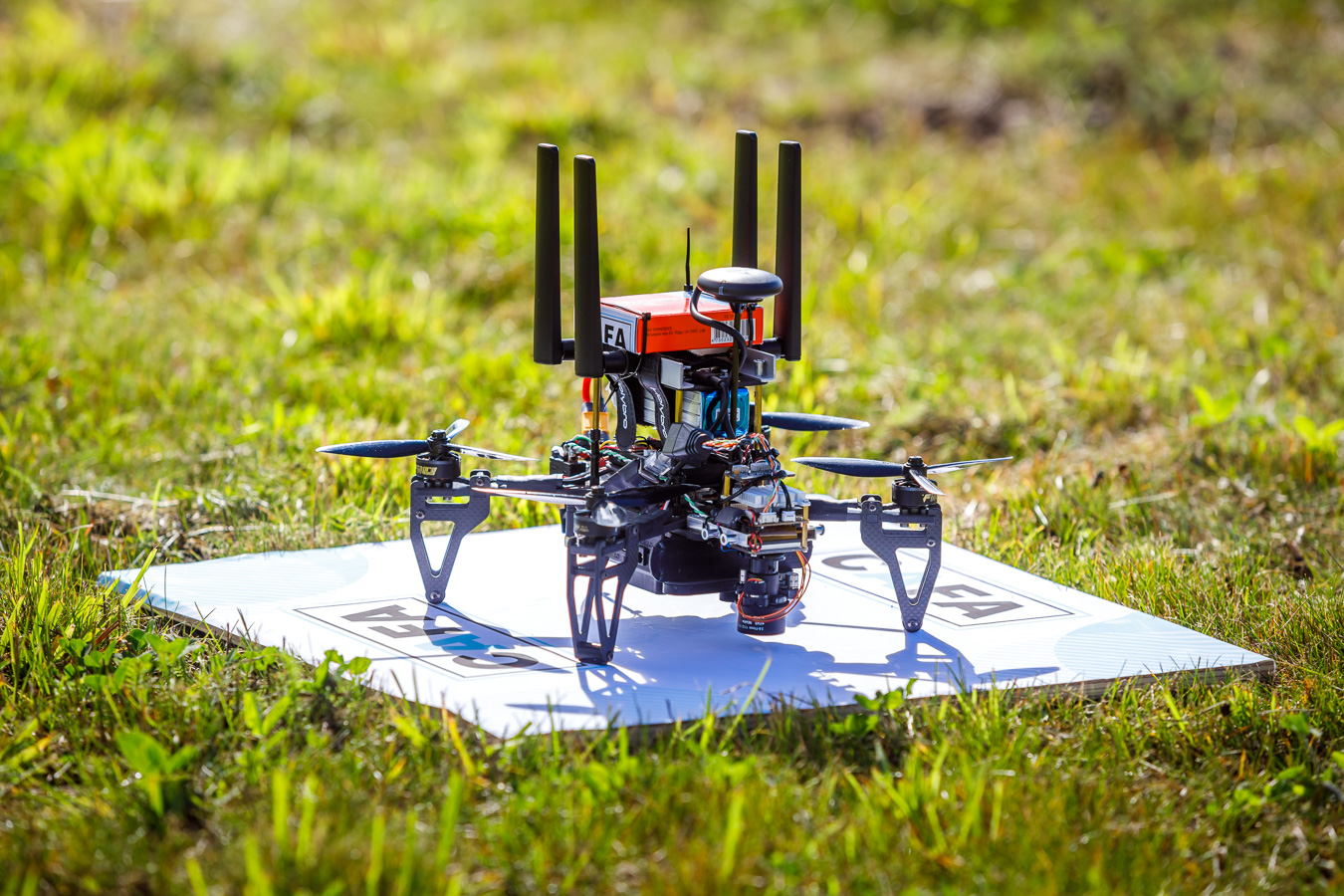
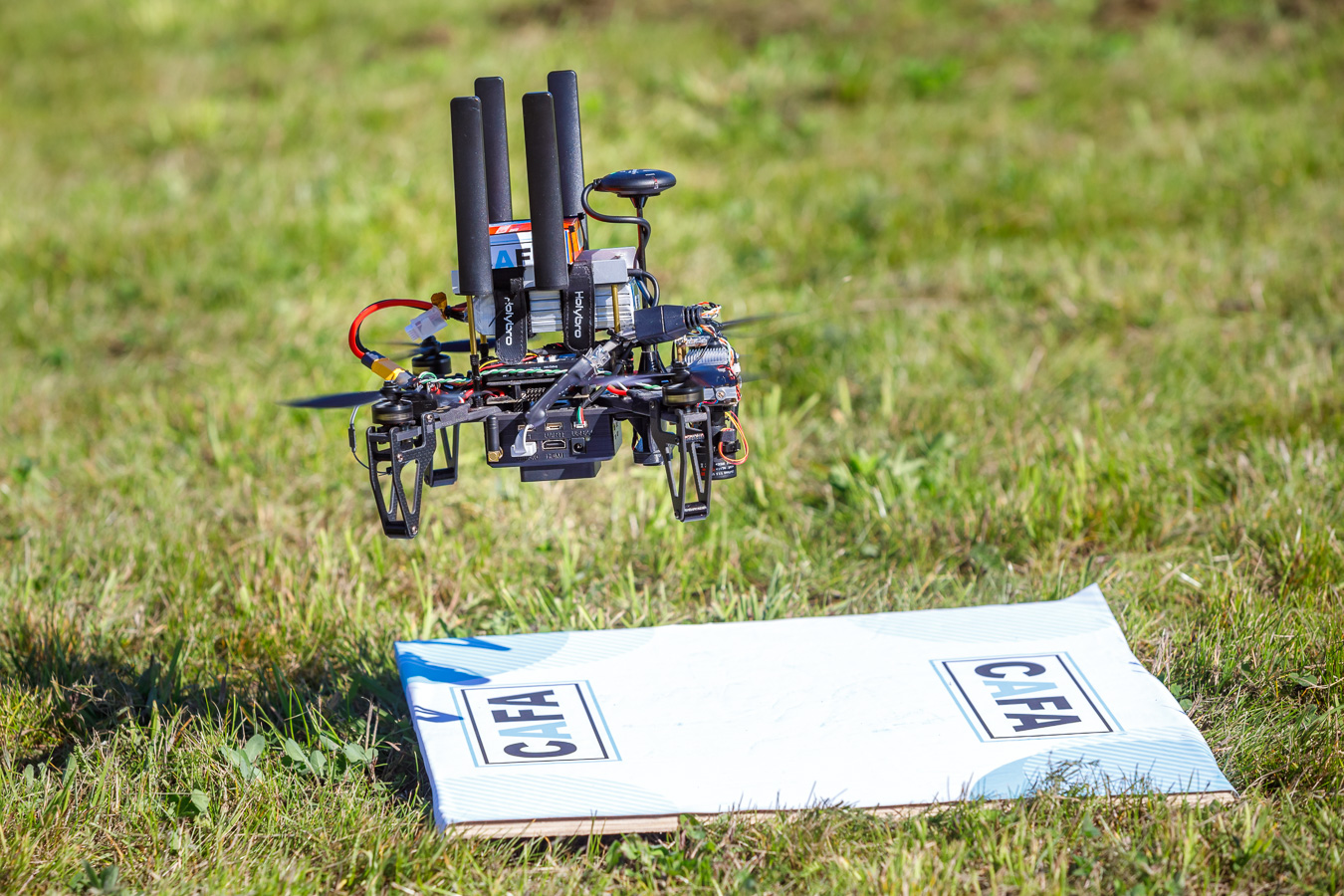
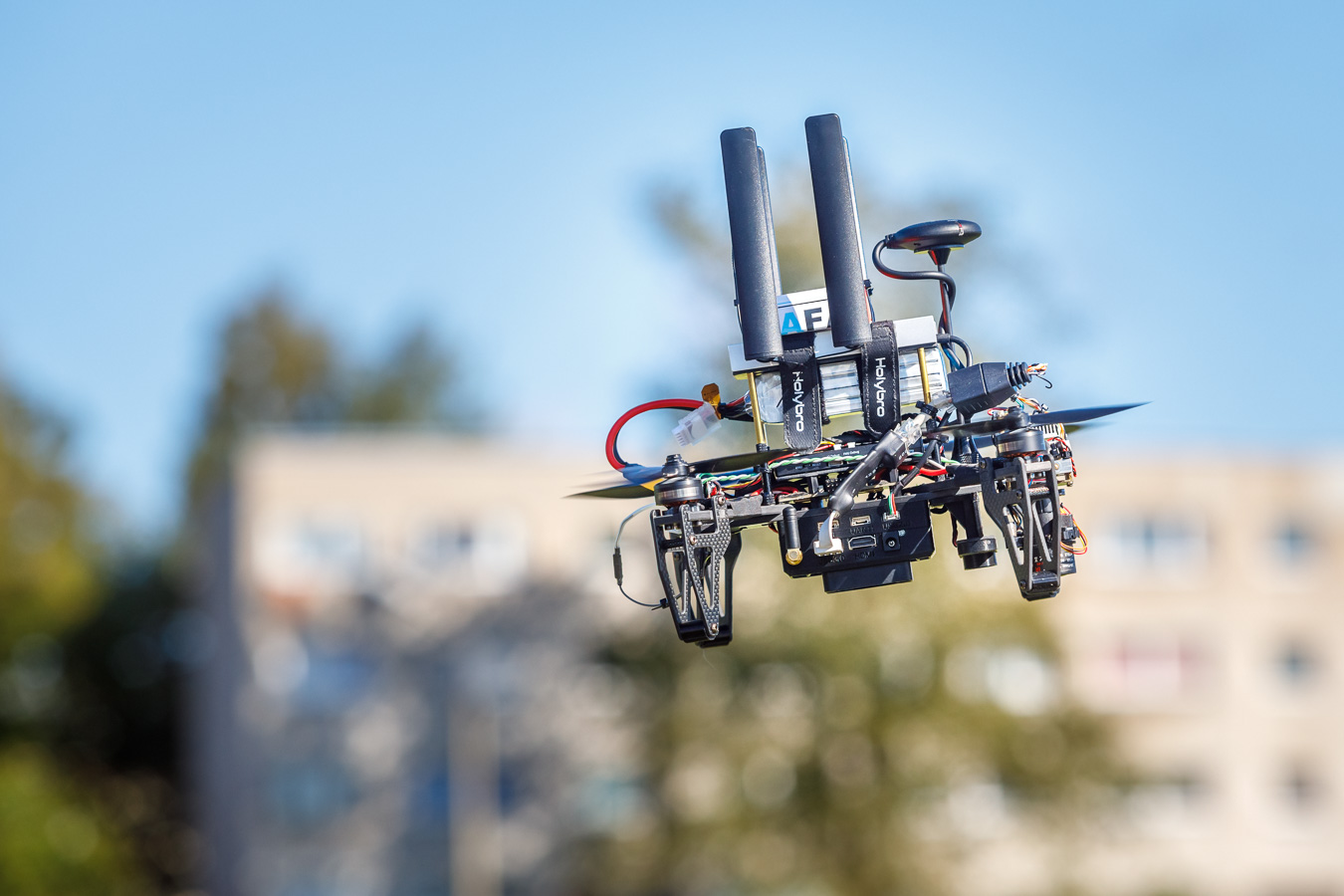
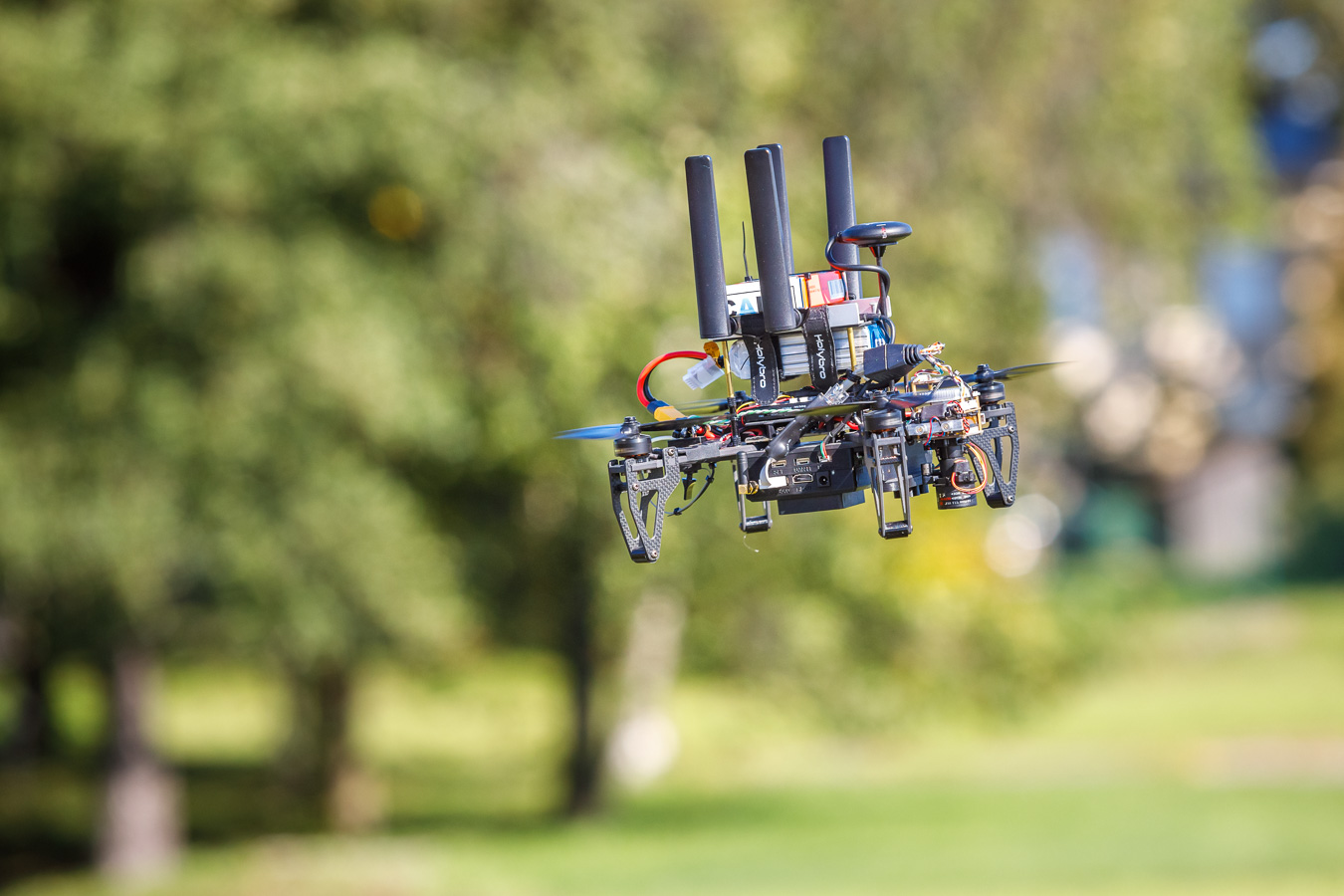
CAFA Tech provides comprehensive solutions in the field of drones, encompassing UAVs (Unmanned Aerial Vehicles), their Ground Control Stations, documentation compliant with regulations for autonomous flights, and seamless integration with your company’s IT systems.
Conventional drone remote controllers can ensure the transmission of radio waves in urban conditions up to a distance of 300m. In this case, the greatest benefits of drones are limited: quickly gain an overview of large areas, transfer video and work within a radius of up to 100 km. At the same time, almost all cities in the EU Member States have very good 4G/5G mobile coverage. It is also planned to roll out 5G services in most EU cities by 2023 at the latest. In Germany, for example, 5G coverage is already guaranteed to 75% of the population by 2023.
By 2025, it is planned that 90% of populated areas in the EU will be covered by 5G 700MHz band data communications, which has very good coverage up to 120m Above Groun Level (AGL).
That’s why CAFA Tech offers drones with a 4G/5G module, which can be used to fly farther in urban conditions, even 10-20 km, because there are no limits to mobile coverage!
Various measurements have shown that good mobile communication coverage is also available at an altitude of 100m AGL (Above Ground Level), because the residents of a 30-storey house also need mobile communication!
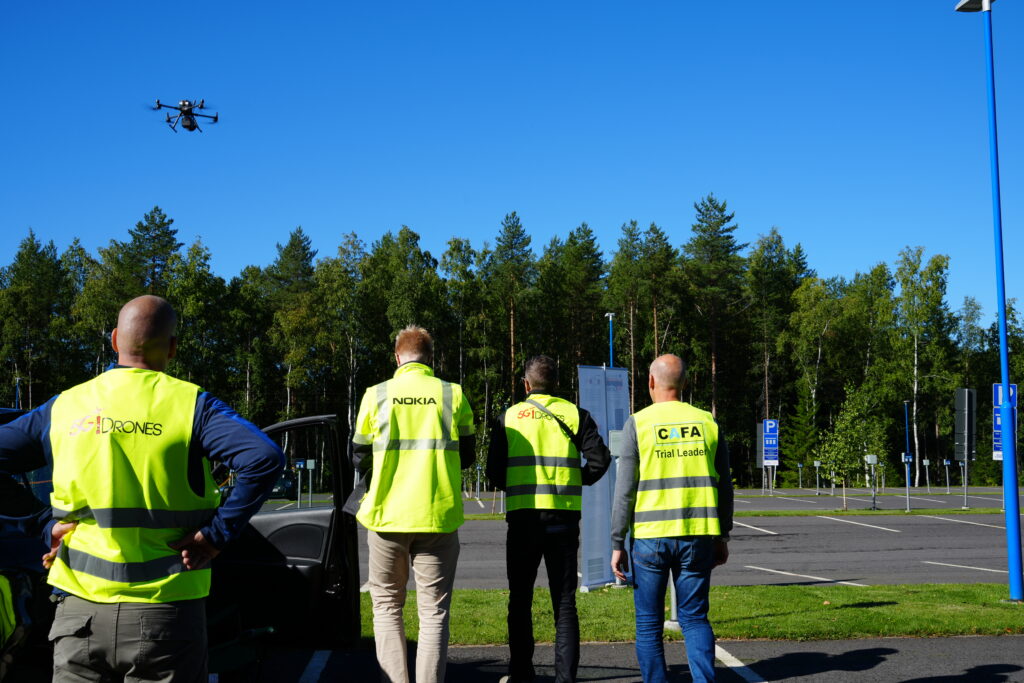
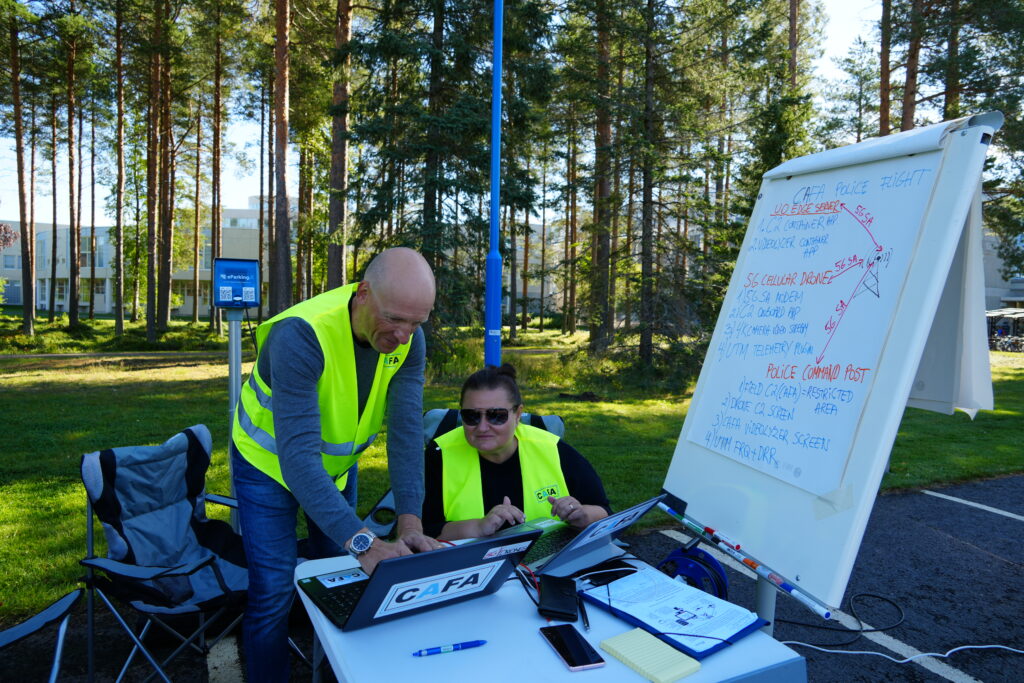
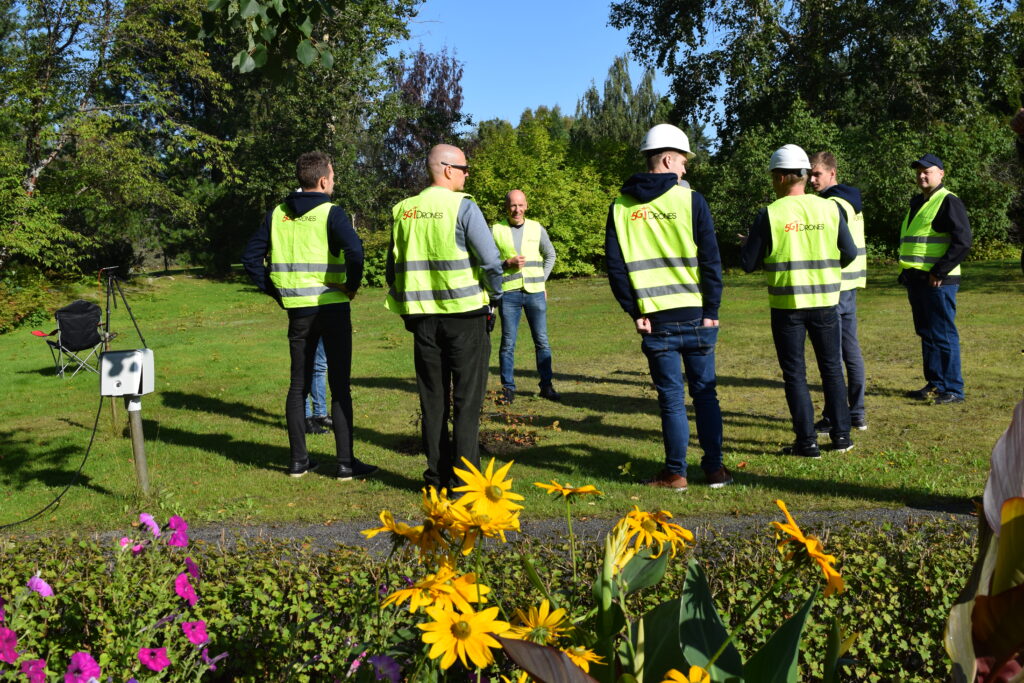
5G! DRONES
UAV (Unmanned Aerial Vehicle) Vertical Applications’ Trials Leveraging Advanced 5G Facilities
CAFA Tech participates in the EU Horizon2020 project 5G! Drones (2019-2022). The project will validate 5G services used to support drone business use-cases: Drone delivery, Computer Vision solutions for supporting Police and Rescue operations, 3D mapping, delivery of IoT sensors to temporary positions, Infrastructure inspection, etc.). The 5G! Drones project will carry out UAV tests on the following 5G Test facilities: 5G Genesis (GRE), 5G EVE (FRA), Aalto X-Network (FIN), Oulu 5G GTN Testbed (FIN).
CAFA Tech was the Trials Task Force Leader in the 5G!Drones project and the sole technology partner to conduct drone flights across all 5G research networks at EURECOM in France, NCSRD in Greece, and at both Aalto University and the University of Oulu in Finland.
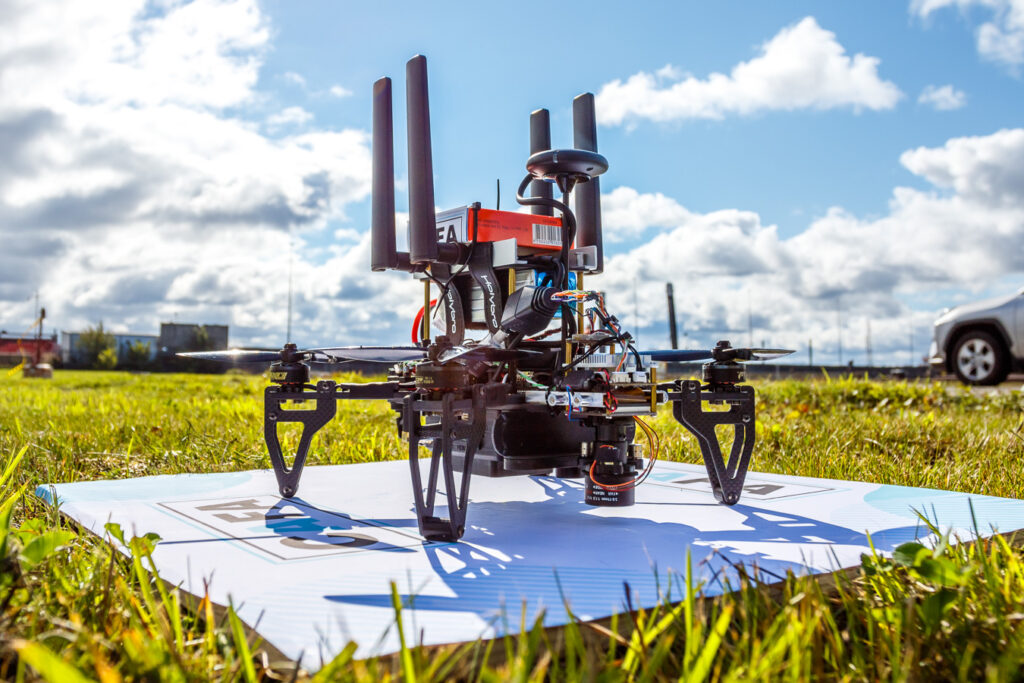
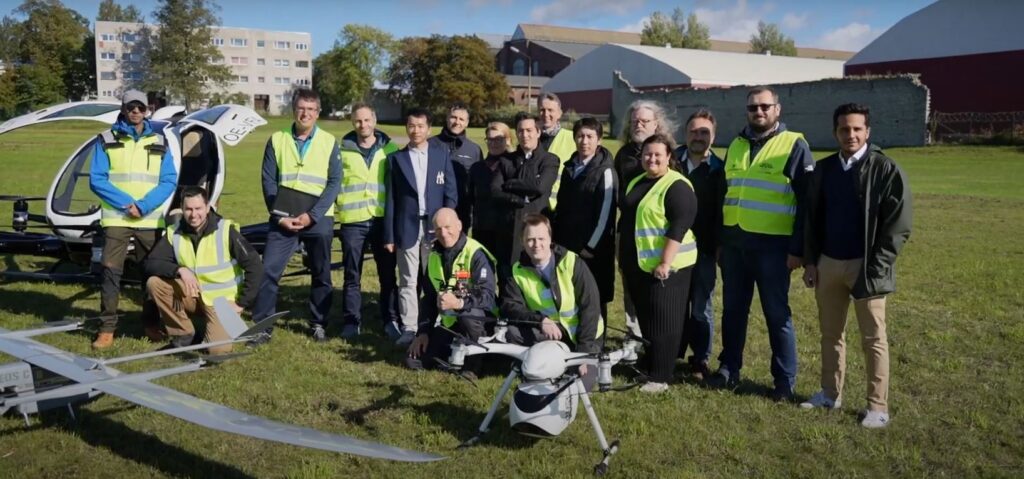
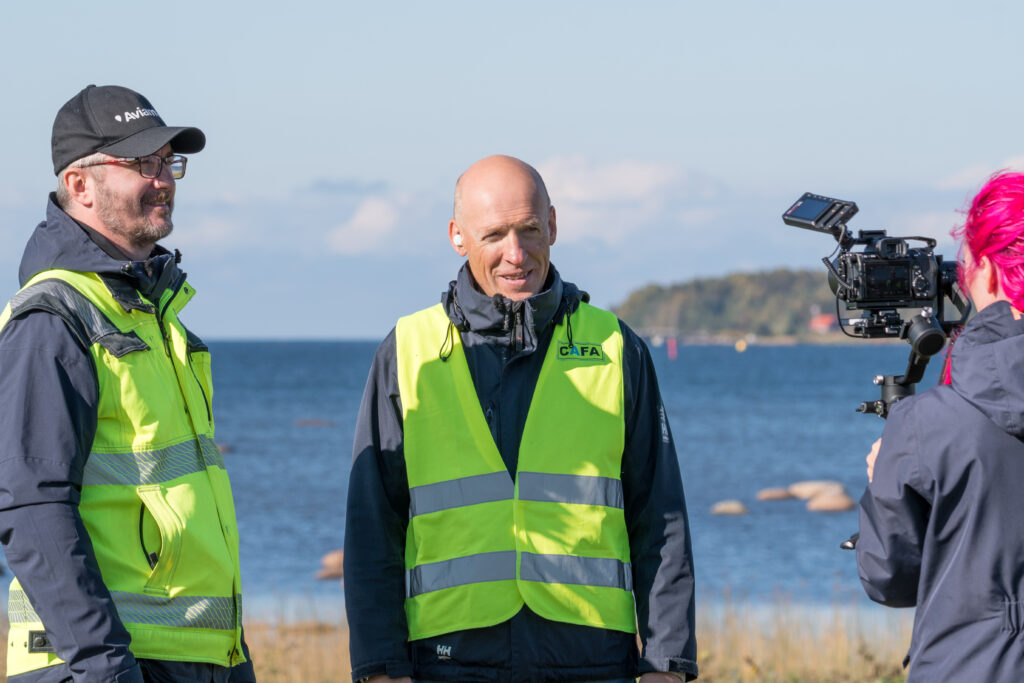
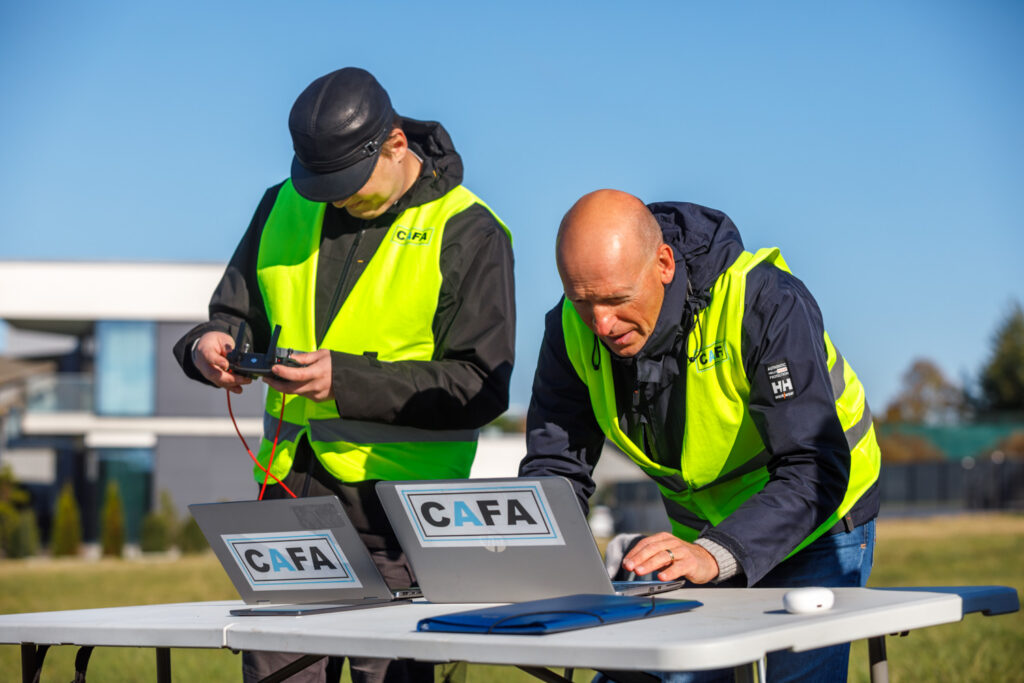
GOF 2.0
The SESAR JU project “GOF 2.0 Integrated Urban Airspace Validation”
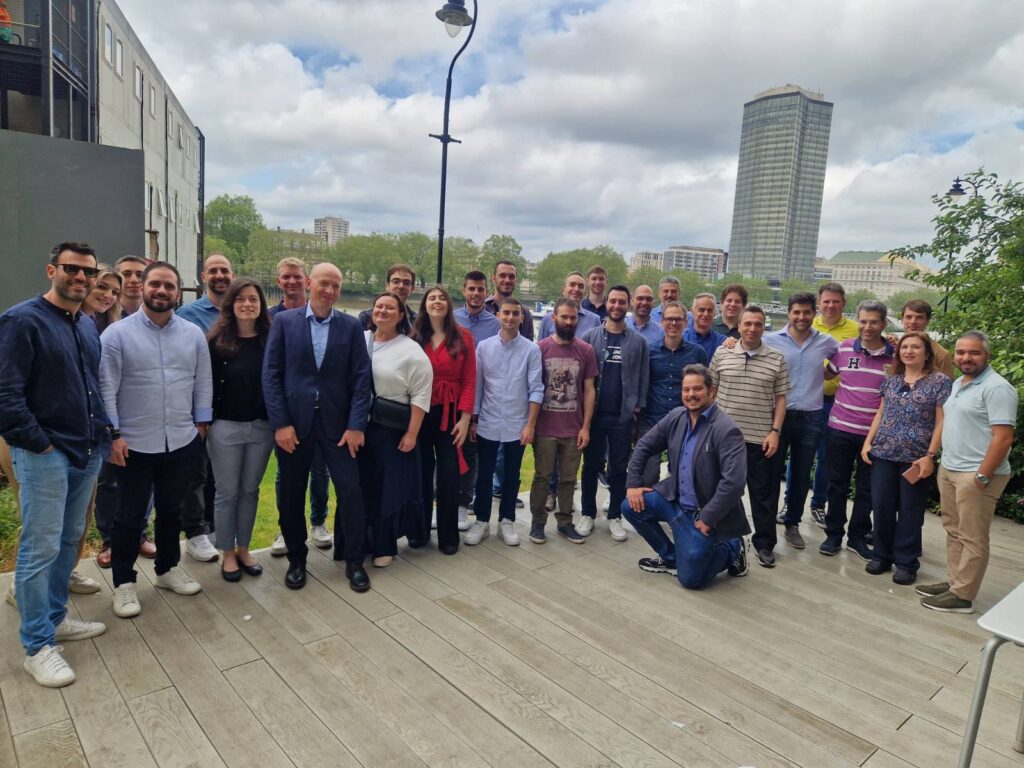
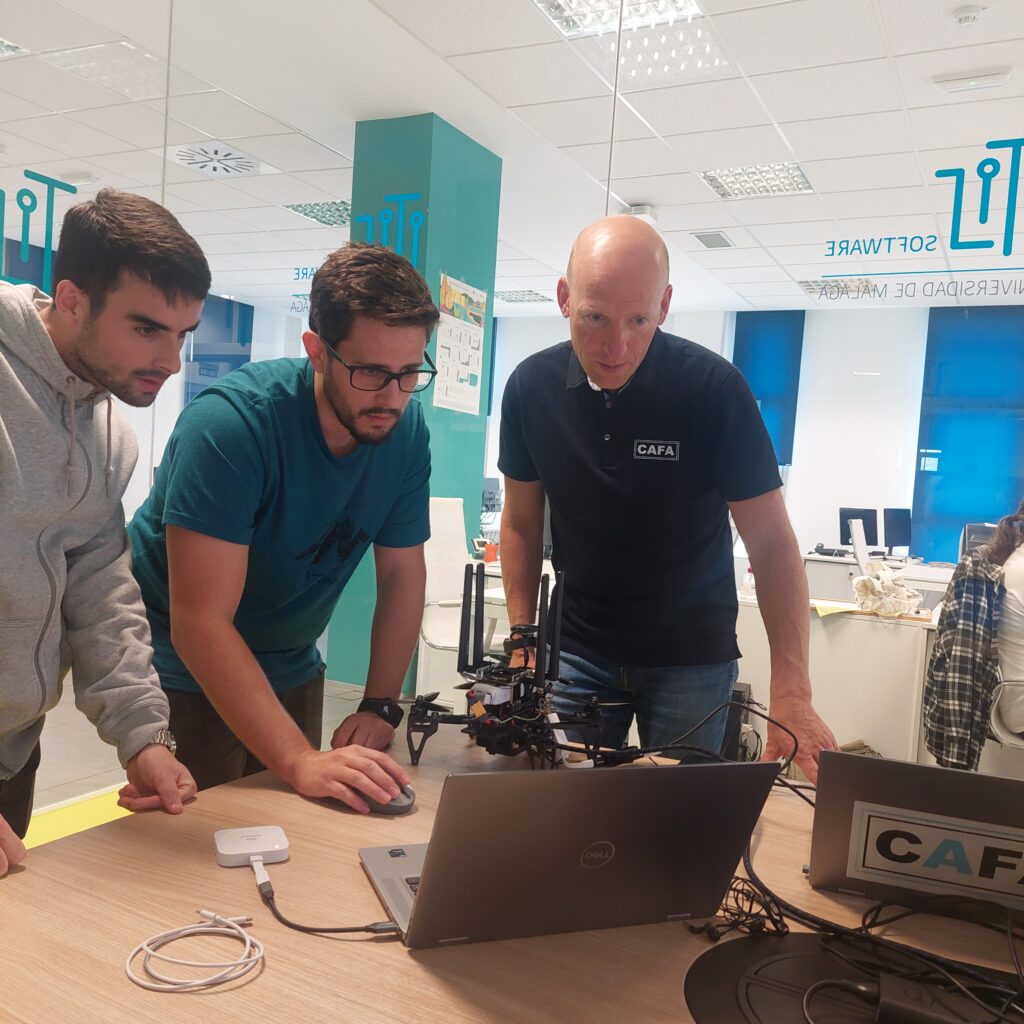
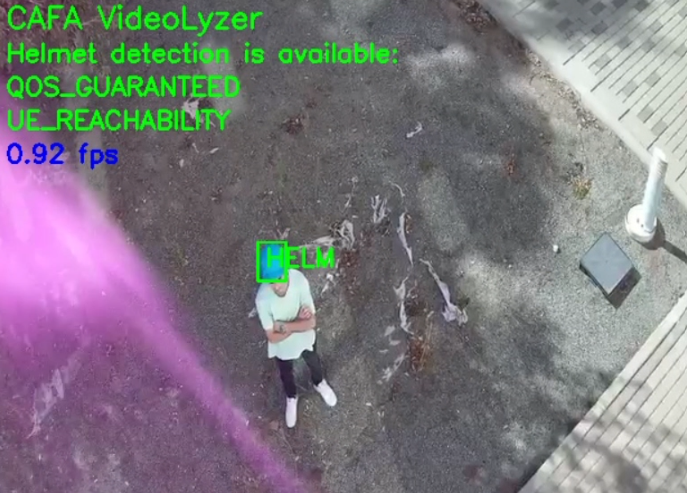
EVOLVED-5G
Experimentation and Validation Openness for Long-term evolution of VErtical inDustries in 5G era and beyond
CAFA Tech is participating in EVOLVED-5G EU Horizon 2020 project for Experimentation and Validation Openness for Long-term evolution of Vertical industries in 5G era and beyond. Project duration: 2021-2023. EVOLVED-5G is EU Horizon 2020 project for Experimentation and Validation Openness for Long-term evolution of Vertical industries in 5G era and beyond. CAFA Tech is developing 5G MEC (Multi-Access-Edge computing) based computer vision application for occupational safety analysis. The architecture of EVOLVED-5G is described below.
CAFA Tech’s role in the EVOLVED 5G project is central to enhancing workplace safety, as it leads the development of VideoLyzer software for real-time detection of safety equipment use. By embedding this software into the infrastructure of 5G network operators, CAFA Tech ensures immediate on-site video analysis, maintaining high safety standards across construction and industrial sites. This strategic integration also streamlines network usage by processing video content locally, thereby reducing bandwidth demands for video streaming in 5G networks.




